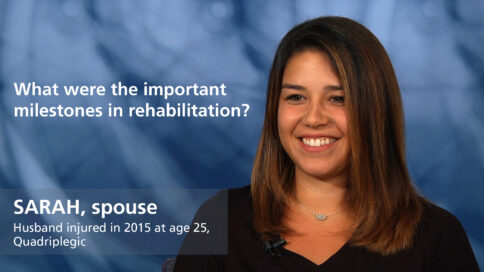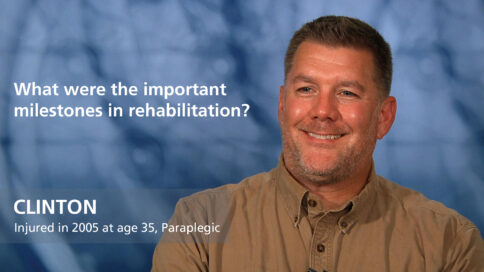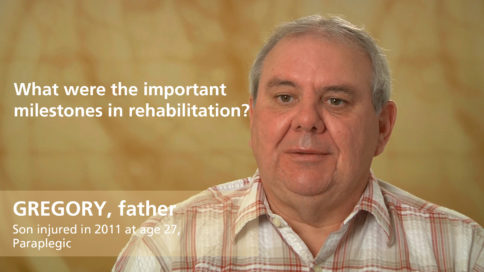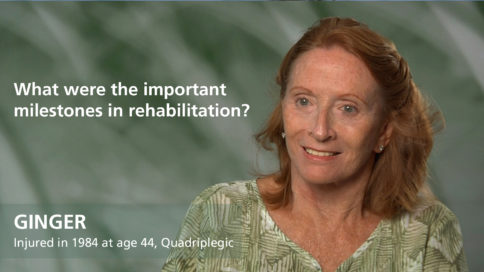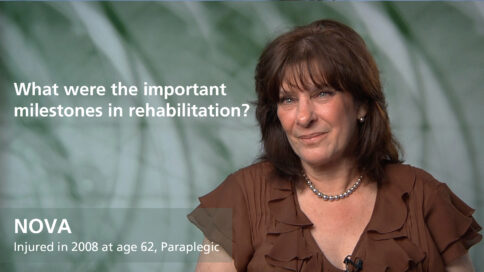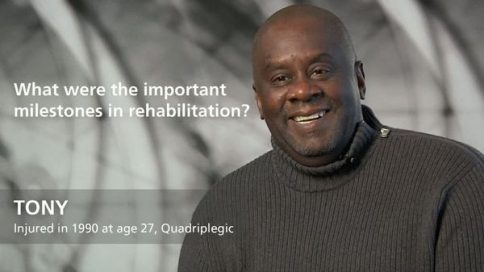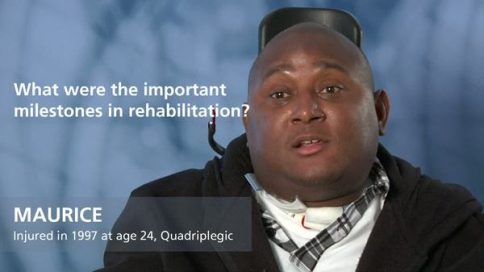How do you deal with patients with a spinal cord injury who don’t want to use a wheelchair? - Laura Tuck, PsyD
|
|
How do you deal with patients with a spinal cord injury who don’t want to use a wheelchair? |
|
Laura Tuck, PsyDPsychologist, Memphis VA Medical Center |
||
| Read Bio | More Videos by Laura Tuck | |
|
Share |
||
Transcript
I think that adaptive equipment might be a very visual or tangible reminder of what has happened, or they could be concerned about society’s perceptions about disability. So without making those assumptions necessarily, I think it’s important to again have an open conversation with the patient about what does that wheelchair mean for you — and work from that angle to see how that’s impacting their rehab process. If it’s a concern about safety, maybe working with a patient about understanding that if we don’t use the appropriate adaptive equipment, we might actually move backwards in rehab if there’s an injury. So figuring out what that goal is, and looking at maybe shorter steps. And if there is adaptive equipment to be used, how do you use them at those time points and looking at it in smaller segments.
Show Less|
|
||
add
How do you deal with patients with a spinal cord injury who don’t want to use a wheelchair? |
||
Laura Tuck, PsyDPsychologist, Memphis VA Medical Center |
More Videos by Laura Tuck | |
| Transcriptadd | share | |
I think that adaptive equipment might be a very visual or tangible reminder of what has happened, or they could be concerned about society’s perceptions about disability. So without making those assumptions necessarily, I think it’s important to again have an open conversation with the patient about what does that wheelchair mean for you — and work from that angle to see how that’s impacting their rehab process. If it’s a concern about safety, maybe working with a patient about understanding that if we don’t use the appropriate adaptive equipment, we might actually move backwards in rehab if there’s an injury. So figuring out what that goal is, and looking at maybe shorter steps. And if there is adaptive equipment to be used, how do you use them at those time points and looking at it in smaller segments.












































